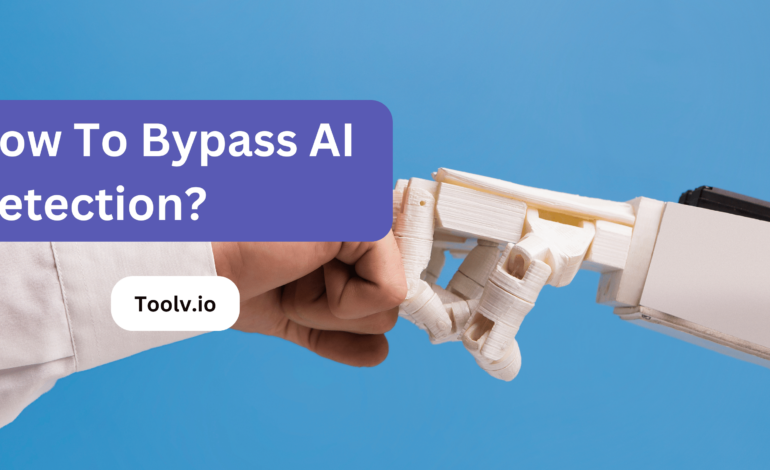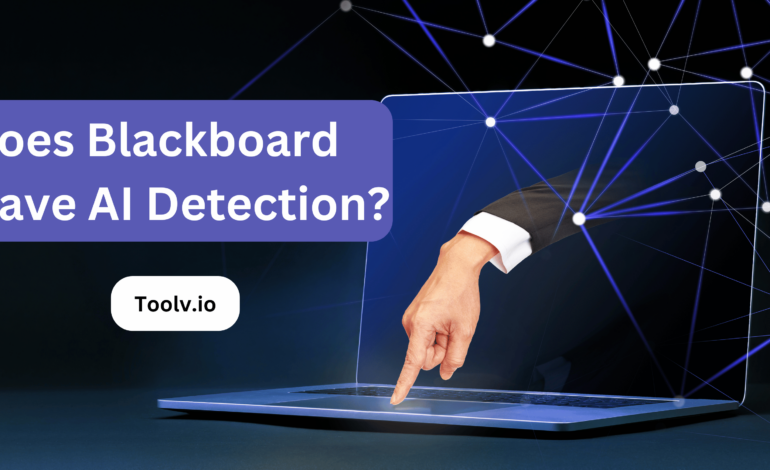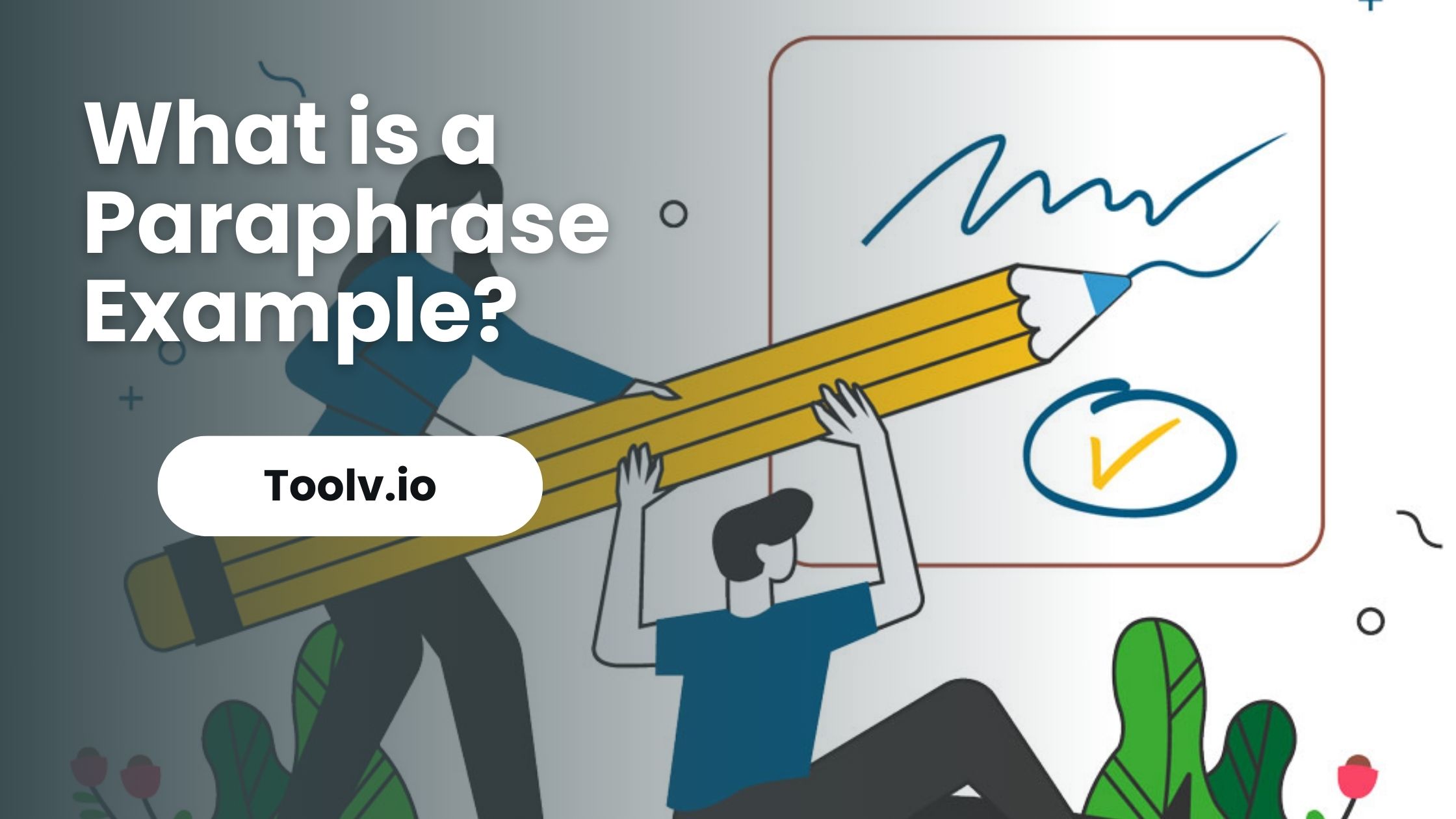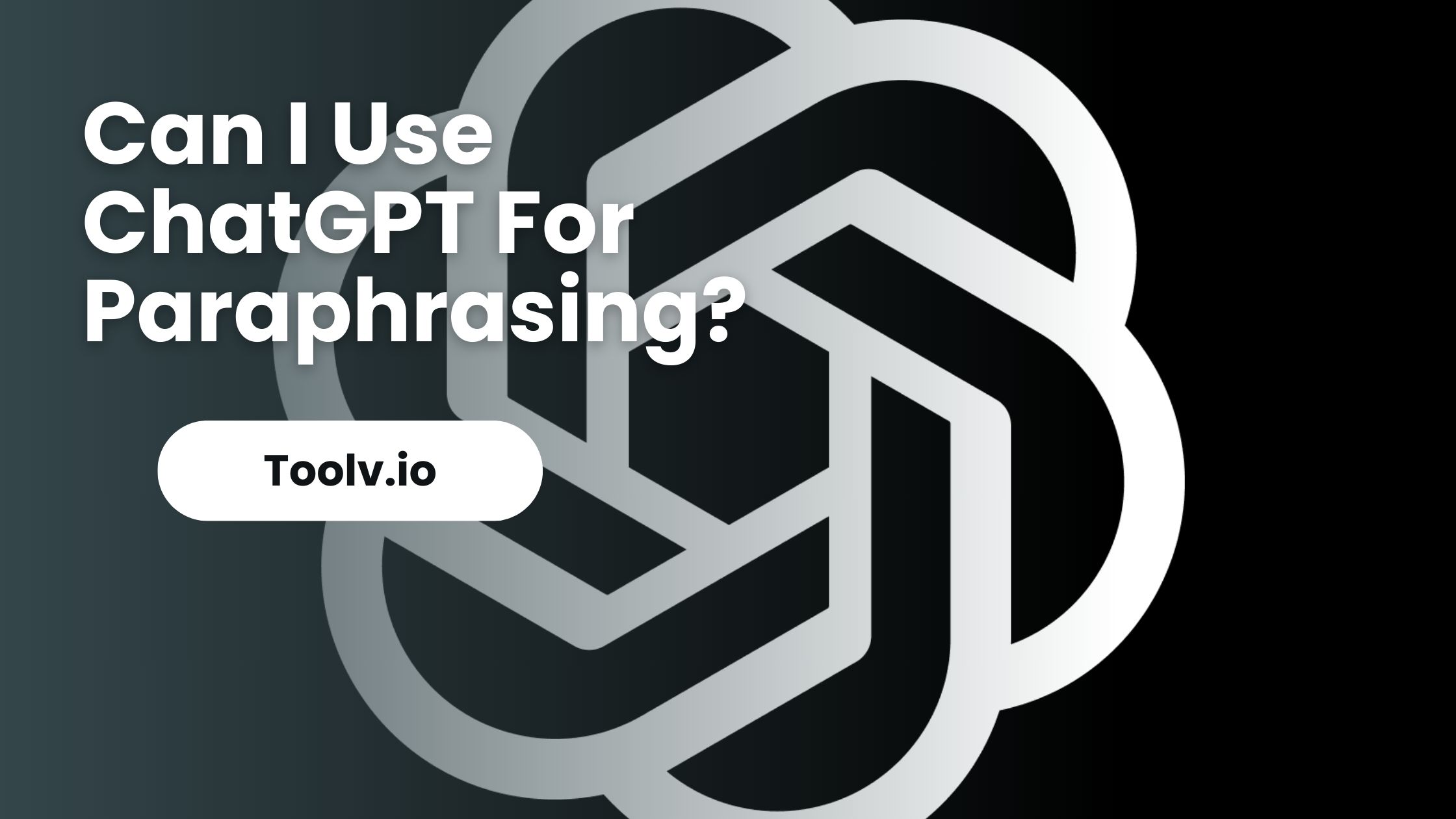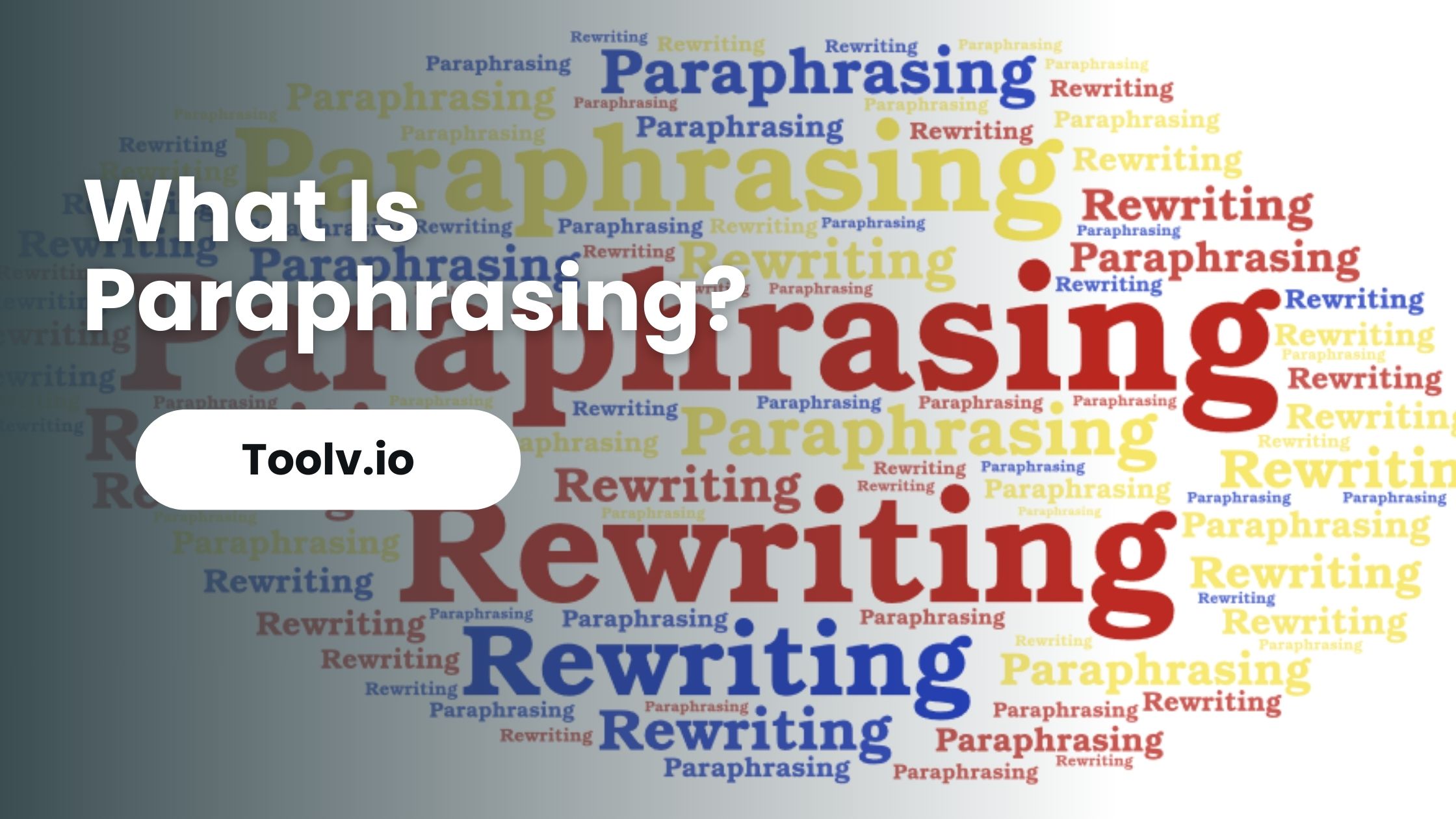Does Safeassign Detect AI?
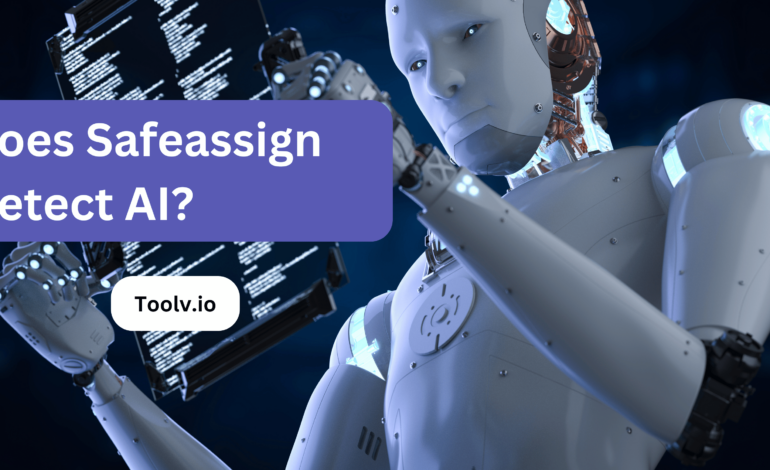
SafeAssign is a tool used by educators to check the originality of student work by comparing it against a vast database of sources. This tool helps identify parts of a text that might not be original.
In this article, we will discuss how SafeAssign approaches AI-generated content. We’ll explore its capabilities, limitations, and what it means for students and educators to maintain academic integrity.
Understanding SafeAssign
SafeAssign is a tool used by teachers to check student work for copied content. It compares student work with a big database of other writings. This helps teachers find out if the work is original or not.
When you submit your work, SafeAssign checks it against many sources. These include websites, books, and papers by other students. It then gives a report. This report shows how much of your work matches other sources.
Using SafeAssign is good for both students and teachers. It helps students learn how to write their work. It also makes sure that all work is fair and original. This tool is very helpful in keeping schoolwork honest.
What Is AI Wave in Writing
The AI wave in writing is about using artificial intelligence to create or improve written content. It’s like having a smart assistant that can help you write better and faster. AI can suggest better words, fix grammar, or even write whole articles.
This wave is changing how people write. Writers, students, or anyone who writes can use AI to get ideas or polish their work. It’s not just about checking spelling. AI can understand what you want to say and help you say it more clearly.
AI in writing is also making information more accessible. It can be written in simple language, so more people can understand. This is great because it breaks down barriers and lets more people share their ideas and stories.
Does Safeassign Detect AI-Written Content?
SafeAssign is a tool used mainly in academic settings to check the originality of written work and prevent plagiarism. It compares submitted papers to a vast database of academic papers and web sources to find matches.
As for detecting AI-written content, SafeAssign itself isn’t specifically designed to distinguish if content is written by AI or a human. However, if the AI-written content has been published or exists somewhere in SafeAssign’s database, it might flag it as potentially unoriginal, just like it would with any other matching content.
But, recognizing text specifically written by AI is tricky and usually requires specialized tools or methods. As AI writing tools become more common, more systems are starting to include ways to detect AI-generated text, but it’s still a developing area.
Challenges in Detecting AI-Written Content
Detecting AI-written content presents several challenges, mainly due to the rapidly advancing nature of AI technology and the complexity of human language. Here are a few of those challenges:
Evolving AI Capabilities
AI models for writing, like GPT-4, are becoming increasingly sophisticated. They can generate text that closely mimics human writing styles, making it hard to distinguish between AI-written and human-written content.
Variability in Quality and Style
AI can produce a wide range of writing styles and quality levels, often tailored to mimic specific authors or writing styles. This variability makes it difficult to establish a consistent baseline for what constitutes “AI-written” content.
Lack of Definitive Markers
Unlike plagiarized content, which can be matched against a source, AI-generated content doesn’t necessarily leave behind a clear footprint. AI can generate original content that hasn’t been seen before, making traditional detection methods less effective.
Volume of Content
The amount of content being generated by both humans and AI is enormous and constantly growing. Monitoring and analyzing this vast amount of data for AI-generated text is a significant challenge in terms of resources and technology.
Adaptation and Evasion
As detection methods improve, so do the AI models designed to evade these detection methods. This leads to a continuous cat-and-mouse game where each side continually adapts and improves to outmaneuver the other.
Contextual Understanding
Understanding the context of a piece of writing is crucial for its analysis. AI models may generate text that is contextually appropriate, making it challenging for detection systems to rely solely on contextual incongruities.
Ethical and Privacy Concerns
Implementing widespread surveillance of writing to detect AI-generated content may raise concerns about privacy and the ethics of monitoring. Balancing the need for detection with respect for individual rights is a complex issue.
FAQs
Can SafeAssign Detect AI-Generated Content?
SafeAssign is primarily designed to detect plagiarism in academic papers and assignments. While it can identify similarities between texts, it may not specifically identify content generated by AI. It looks for similarities in existing sources, so if AI-generated content closely resembles other materials, SafeAssign could flag it.
How Does SafeAssign Handle AI-Generated Text?
SafeAssign focuses on comparing submitted text with its extensive database of academic papers, websites, and student submissions. If AI-generated content has been used in a way that matches existing sources, SafeAssign may highlight these similarities. However, it can’t recognize AI-generated text as such.
Are There Ways to Trick SafeAssign with AI-Generated Content?
SafeAssign is designed to be robust against various forms of plagiarism. While AI-generated content can be challenging to detect, intentionally trying to deceive SafeAssign by using AI-generated text is not recommended. Institutions take academic integrity seriously, and attempting to trick plagiarism detection systems can lead to academic consequences.
Can Instructors Identify AI-Generated Content Manually?
Instructors with expertise in a subject can sometimes recognize AI-generated content based on its quality, style, or coherence. However, manual identification can be subjective and time-consuming. It’s essential to focus on the ethical and proper use of AI-generated content in academic work rather than trying to avoid detection.
Conclusion
SafeAssign, a plagiarism checker, may struggle to detect text generated by AI, including content rephrased by tools like Toolv.io. These tools can create unique wording that bypasses standard detection methods.
It’s important to use these tools responsibly. While they can help in avoiding direct plagiarism, they shouldn’t replace your own ideas and expressions. Always strive for authenticity in your writing to maintain integrity and quality.

